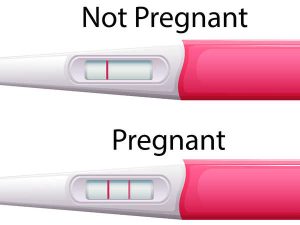Infertility is a condition that affects many couples who are trying to conceive a child. It is defined as the inability to get pregnant after one year of regular unprotected sex. According to the World Health Organization, about 10% of women worldwide suffer from infertility.
There are many possible causes of female infertility, and they can be classified into four main categories: ovulatory disorders, tubal factors, uterine factors, and unexplained infertility.
Ovulatory disorders are problems that affect the production or release of eggs from the ovaries. They can be caused by hormonal imbalances, polycystic ovary syndrome (PCOS), premature ovarian failure (POF), or other factors. Ovulatory disorders can be diagnosed by tracking the menstrual cycle, measuring the levels of hormones in the blood or urine, or performing an ultrasound scan of the ovaries.
Tubal factors are problems that affect the fallopian tubes, which are the structures that carry the eggs from the ovaries to the uterus. They can be caused by infections, inflammation, scarring, blockage, or damage from surgery or other procedures. Tubal factors can be diagnosed by performing a hysterosalpingogram (HSG), which is an X-ray test that uses a dye to show the shape and patency of the tubes.
Uterine factors are problems that affect the uterus, which is the organ where the fertilized egg implants and develops into a fetus. They can be caused by abnormalities in the shape or size of the uterus, fibroids, polyps, endometriosis, or other factors. Uterine factors can be diagnosed by performing a hysteroscopy, which is a procedure that uses a thin camera to examine the inside of the uterus.
Unexplained infertility is a diagnosis that is given when no specific cause of infertility can be found after performing all the necessary tests. It may be due to subtle abnormalities in the reproductive system that are not detectable by current methods, or it may be due to unknown factors. Unexplained infertility can be treated by using assisted reproductive technologies (ART), such as in vitro fertilization (IVF), which involves creating embryos in a laboratory and transferring them to the uterus.
The treatment of female infertility depends on the cause and severity of the condition, as well as the age and preferences of the couple. Some treatments may involve medications, surgery, lifestyle changes, or alternative therapies. The success rate of each treatment varies depending on many factors.
If you are experiencing difficulty conceiving a child, you should consult your doctor for a thorough evaluation and diagnosis. Your doctor will help you understand your options and guide you through the process of finding the best treatment for you.





